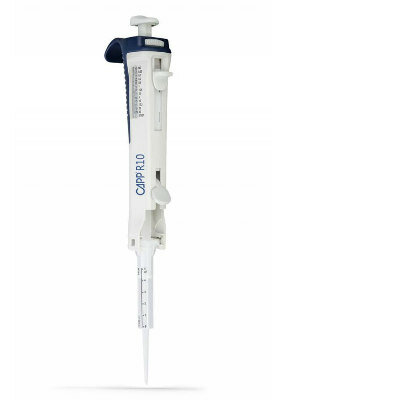New Type of Drug Blocks Bacterial Virulence Genes
By LabMedica International staff writers
Posted on 03 Sep 2008
Researchers have unveiled a new type of antibiotic that inhibits the expression of bacterial virulence genes, thereby preventing the release of toxic factors from pathogenic bacteria without actually killing the microorganisms.Posted on 03 Sep 2008
Investigators from the University of Texas Southwestern Medical Center (Dallas, TX, USA) had shown previously that several different pathogenic bacteria relied on a conserved membrane histidine sensor kinase, QseC, to respond to host adrenergic-signaling molecules and bacterial signals in order to promote the expression of virulence factors. The purpose of the current study was to identify potential drugs that would block the effects of QseC.
To this end, the investigators used a high-throughput screen to evaluate some 150,000 compounds from the University of Texas Southwestern Medical Center's Small Molecular Library. Results published in the August 22, 2008, issue of the journal Science revealed that a molecule called LED209 inhibited the binding of signals to QseC, prevented its autophosphorylation and consequently inhibited QseC-mediated activation of virulence gene expression. LED209 was not toxic and did not inhibit pathogen growth. However, this compound markedly inhibited the virulence of three pathogens--Escherichia coli, Salmonella, and Francisella tularensis--in vitro and in vivo in mice.
"The sensors in bacteria are waiting for the right signal to initiate the expression of virulent genes,” explained senior author Dr. Vanessa Sperandio, associate professor of microbiology and biochemistry at the University of Texas Southwestern Medical Center. "Using LED209, we blocked those sensing mechanisms and basically tricked the bacteria to not recognize that they were within the host. When we did that, the bacterial pathogens could not effectively cause disease in the treated animals.”
"Only a few new antibiotics have reached the market in recent years,” Dr. Sperandio said. "Because LED209 has never been used as an antibiotic, it is a completely different type of drug. In addition, its target, QseC, is also different from the current antimicrobial drug targets. This study demonstrates that LED209 has promise in fighting at least three pathogens and likely many more. What we have right now works really well for systemic infections and is very potent, but we also need non-absorbable molecules to treat noninvasive pathogens, which stay in the intestine.”
Related Links:
University of Texas Southwestern Medical Center













